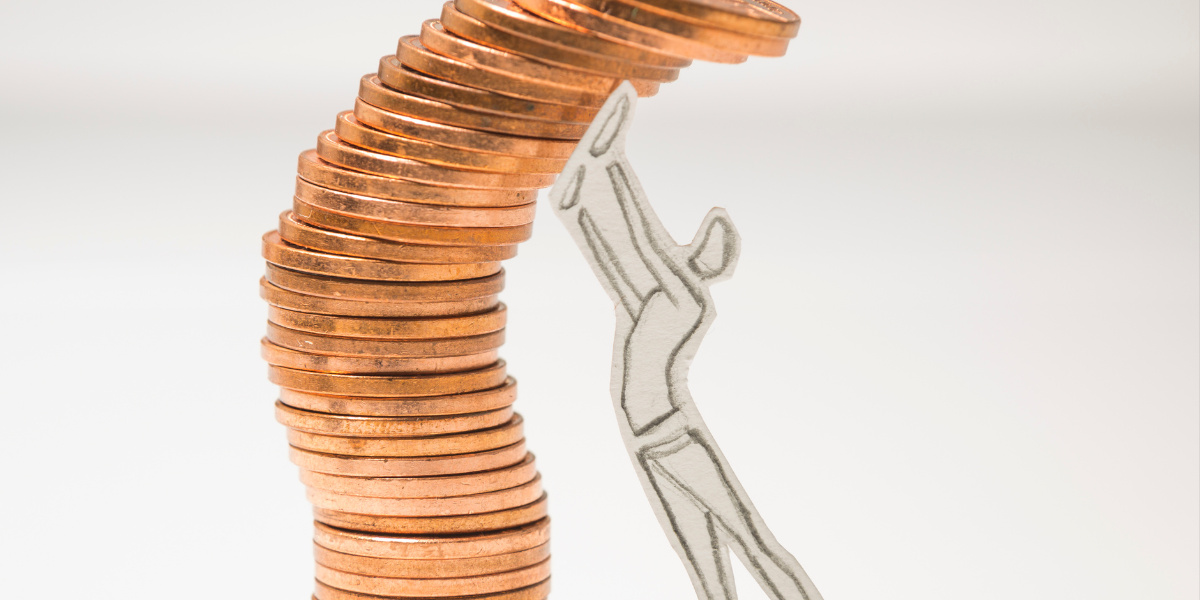
As we navigate through the uncertainties of the future, having a financial safety net is becoming increasingly essential. By 2025, the necessity of building a robust emergency fund will be more relevant than ever. An emergency fund acts as a buffer against unforeseen expenses, such as medical emergencies, job loss, or urgent home repairs. In this comprehensive guide, we will explore the steps involved in creating and maintaining an effective emergency fund, tailored to the economic conditions and realities of 2025. This guide aims to equip you with the knowledge to make informed decisions about safeguarding your financial well-being.
Choosing the Right Emergency Fund Strategy
Building an emergency fund requires a strategic approach tailored to your unique financial situation. The key is to evaluate your current income, savings habits, and potential risks faced in your day-to-day life. For instance, if you are a freelancer with an irregular income, your strategy will differ significantly from someone with a stable, full-time job.
Assessing Your Financial Position
Begin by assessing your financial standing. Calculate your monthly expenses, including rent, utilities, groceries, and other necessary costs. This will serve as a baseline for the size of your emergency fund. A typical recommendation is to aim for three to six months’ worth of expenses.
- Regular Expenses Assessment: Determine regular monthly outgoings to set a realistic target for your emergency fund.
- Risk Evaluation: Consider factors such as job security, health, and the dependability of income sources.
Exploring Savings Options
After evaluating your financial state, examine various savings options that best suit your needs for 2025. High-yield savings accounts, money market accounts, or short-term treasury securities can be advantageous due to their relatively low-risk and reasonable liquidity.
Each option carries specific benefits and drawbacks. For instance, while high-yield savings accounts offer easy access and competitive interest rates, money market accounts might require a higher minimum balance. Consider these factors when choosing the right place for your emergency fund.
Maintaining and Growing Your Emergency Fund
Setting Realistic Savings Goals
Once you’ve established a strategy, it's crucial to set achievable savings goals. Setting a clear, manageable goal can significantly impact your motivation and ability to save consistently. Use automatic transfers to funnel a portion of your income directly into your emergency fund.
Regular Reviews and Adjustments
The financial landscape is ever-evolving, requiring periodic review and adjustment of your savings approach. Regular assessments can help accommodate life changes such as salary adjustments, changes in living costs, or shifts in financial priorities.
- Quarterly Reviews: Ensure your fund is on track with periodic checks, adjusting savings contributions as needed.
- Adapting to Life Changes: Be prepared to increase your fund goal if your expenses rise or decrease them if they fall.
Balancing Between Saving and Living
Maintaining an adequate emergency fund should not come at the expense of your quality of life. Striking a balance between saving and living ensures a sustainable approach, allowing for occasional indulgences that enhance life satisfaction.
Cost of Fund Ownership
While the concept of an emergency fund focuses on saving, understanding the associated costs is crucial. Consideration must be given to inflation, which could erode the purchasing power of your savings over time. Thus, choosing a savings vehicle that offers returns which can at least keep pace with inflation is vital.
Inflation and Purchasing Power
In 2025, inflation remains a significant consideration. The right account should combat inflation through interest. Explore accounts offering a slightly higher yield to maintain the fund’s real value.
Account Fees and Charges
Be mindful of any fees associated with managing your emergency fund, such as maintenance fees, withdrawal limits, or minimum balance requirements, which could impact your savings.
- Choosing Fee-Free Options: Seek accounts with minimal or no fees to maximize growth potential.
- Monitoring Changes: Regularly review account terms to avoid unexpected charges.
Conclusion: Crafting a Safety Net for the Future
Building an emergency fund is a vital step toward financial resilience in 2025. By thoughtfully choosing the right savings approach, setting realistic goals, and considering the costs involved, you can construct a robust safety net capable of withstanding life's unexpected challenges. Remember to stay flexible and revisit your strategy to adapt to changing circumstances. Regular contributions, consistent reviews, and mindful spending can secure a stable financial future, ensuring you're prepared for whatever comes your way.
Ultimately, the peace of mind offered by a well-maintained emergency fund cannot be overstated. It provides not only security but the freedom to make choices and pursue life’s opportunities without the overshadowing concern of financial instability.
Creating an emergency fund in 2025 is paramount in achieving financial stability amidst uncertainties. Start by assessing your financial situation and selecting a savings method that fits your needs and risk tolerance. Maintain regular contributions, set realistic goals, and perform periodic reviews to keep your fund aligned with your life circumstances. Consider inflation and account fees as intrinsic parts of managing your fund, ensuring that costs do not erode its value. In conclusion, a carefully managed emergency fund offers peace of mind and sustains your ability to navigate unforeseen challenges smoothly.
